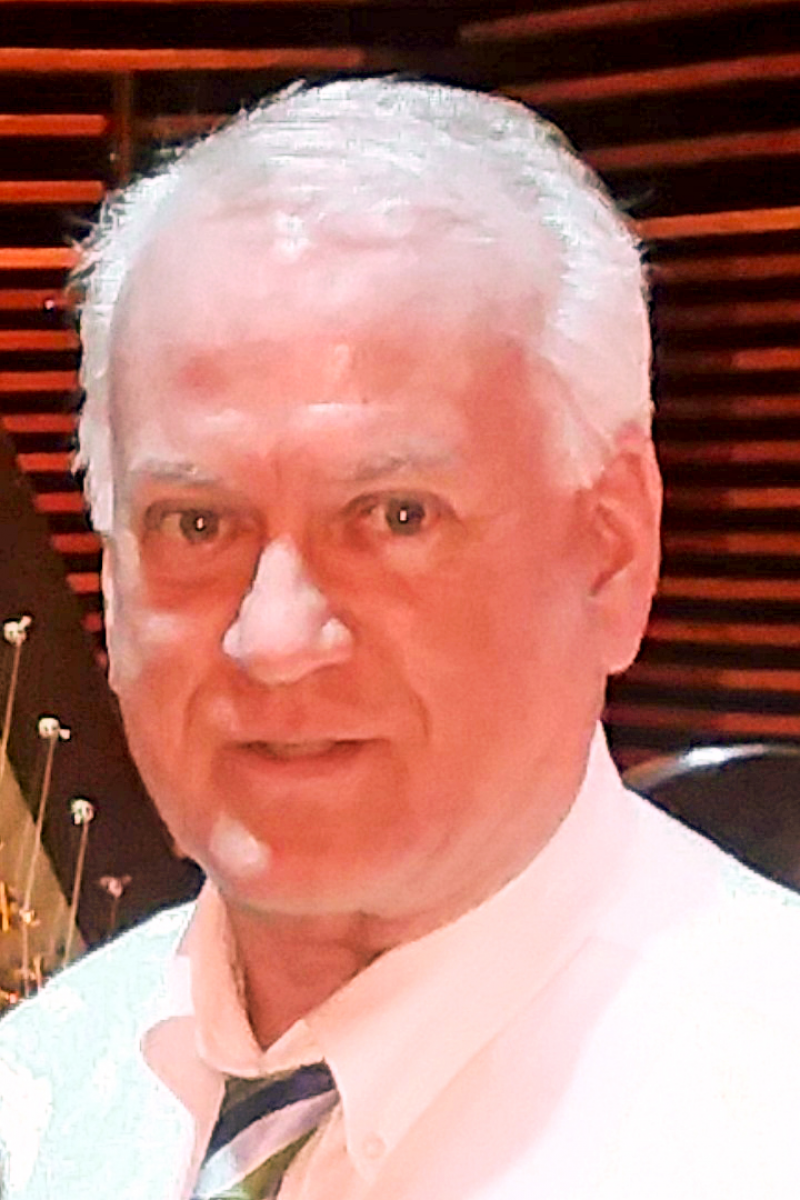Each year, at the National Conference or Summer Institute, the Lifetime Achievement Award is given to honor extraordinary service to The American Harp Society, Inc. and the harp. Please submit nominations online by February 15th.
Select a name to read the stories of these outstanding Lifetime Achievement Award winners:
2024 Cheryl Dungan Cunningham
2023 William Lovelace
2022 Karen Lindquist
2020 Catherine Anderson
2018 Mario Falcao
2017 Barbara Weiger Lepke-Sims
2016 Linda Wood Rollo
2015 JoAnn Turovsky
2015 ShruDeLi Ownbey
2014 David Kolacny
2013 Faith Carman
2012 Lucy Scandrett
2012 Jan Bishop
2011 Molly Hahn
2010 Lynne Wainwright Palmer
2010 Sally Maxwell
2009 Patricia Wooster
2008 Samuel Milligan
2008 Ruth Wickersham Papalia
2007 Anne & Burton Adams
2006 Anne Mason Stockton
2004 Dorothy Remsen
2002 Catherine Gotthoffer
Cheryl Dungan Cunningham2024 |
 |
Cheryl Dungan Cunningham is at home as an orchestral, chamber or solo performer. Performing full time since 1982, Cheryl began studying the harp at the age of eight. A student of noted teachers Susann McDonald and Peter E. Eagle, she earned her Master of Music, Bachelor of Music Education and Bachelor of Music degrees with high distinction from Indiana University, Bloomington, Indiana.
Cheryl’s service to AHS includes:
As a pedagogue and author, Cheryl maintains a busy private teaching studio and teaches at Cairn University. She has contributed as a writer to the American String Teacher’s Association publication, A Harp in the School: A Guide for School Ensemble Directors, and her articles published in Harp Column Magazine, The American String Teacher, and the AHS Teachers Forum.
As a soloist, Cheryl has appeared with the Academy Chamber Society, Ambler Symphony and the Philadelphia Doctors' Symphony, and she was the winner of the concerto competition at Indiana University in 1981. An active recitalist, Cheryl has performed in a variety of settings, including retirement communities, schools, and for several appearances in the "Recitals at Trinity Cathedral" series.
With flutist Nicole Lambert and violist James Day, Cheryl founded the SOUTHAMPTON TRIO in 1992. The Trio is the resident ensemble of the Southampton Chamber Music Society, which presents an annual series of chamber recitals. Her other chamber group, THE FINE COMPANIONS, with Amy Shimmin, flute and recorder, and Cheryl on both lever and pedal harps, have been performing together since 1990. Their first CD, Echoes of the Dance, a collection of dance music from the Renaissance and the British Isles, was released in 1998.
Principal harpist for the Delaware Valley Philharmonic, Greater Trenton Symphony Orchestra and Boheme Opera, NJ, Cheryl Dungan Cunningham maintains her teaching studio just outside of Philadelphia, PA. Besides her teaching, recording and symphonic engagements, Cheryl has performed for countless special events and has entertained patrons of numerous restaurants, including long running restaurant engagements performing popular music at the William Penn Inn Commonwealth Club, Country Veranda, and La Petite Roche in the Little Rock Excelsior Hotel.
William Lovelace2023 |
 |
William Lovelace studied harp with Dr. Kathy Bundock Moore, during his undergraduate studies at the University of Northern Colorado. Years later, he served on a committee, chaired by Dr. Moore, which compiled the first "Graded Repertoire List for Harp" published by the American String Teachers Association.
In 1984, William met the great harp pedagogue, Lucien Thomson (1913-2000), and began collaborating on educational material and compositions for beginning harp students. Mr. Thomson was the first chair of the Music Education Committee of the American Harp Society, founded in the early 1960's. William became a member of the Music Education Committee in 1990, and served as chair from 2000-2016 (after the death of Mr. Thomson in 2000.) William also studied with Anne Adams, in Oakland, California, while completing a Master's Degree in Music, at Holy Names College (1988-1989).
Adams and Thomson were both in Marcel Grandjany's first class at the Julliard School of Music. (Grandjany immigrated to the United States during WWII, and taught at the Julliard until his death in 1975.) Dr. Moore's mother was also a student of Grandjany. Grandjany studied at the Paris Conservatoire around the turn of the last century; first with Henriette Renie, and later with Alphonse Hasselmans.
William Lovelace served on the National Board of Directors of the American Harp Society for 12 years, and was National President of the American Harp Society from 2002-2006. He now serves as a permanent member of the Presidential Advisory Committee of the AHS. William served on the Executive Committee of the National Board for most of his 12 years on the board, and was also National 2nd Vice President for two years. He served from 1990-2016 on the Music Education Committee of the AHS, and chaired that committee from 2000-2016. He also served as chairman of the AHS Educational Advisory Committee for 16 years during which time he wrote 26 issues of "Uncle Knuckle's kNews," an informative student newsletter which accompanied each American Harp Journal publication for 13 years. (All the delightful illustrations for the newsletter were provided by the ever-whimsical, David Kolacny. Back issues of the newsletter are available through the American Harp Society online member portal at no charge to members.)
William has served as secretary and/or treasurer of the local East Tennessee Chapter of the AHS continually since moving to Knoxville in 1989.
Karen Lindquist2022 |
 |
|
The 2022 Lifetime Achievement Award winner is Karen Lindquist Speyer, who first became involved in the AHS in 1967. In 1969, she won the Advanced Division of the National Competition.
She has served multiple terms on the AHS board, and served as an officer in the capacity of Treasurer, First Vice President, and Chairman of the Board. Karen ran the Concert Artist Program for many decades and served as a judge for many years. She has also worked on the National Conference in New York City in 2012, and has served on the Grants Committee since 2010, working as co-chair since 2015.
This slideshow accompanied the presentation of Karen's award at the 2022 National Conference in Sioux Falls, SD, on June 22, 2022.
|
|